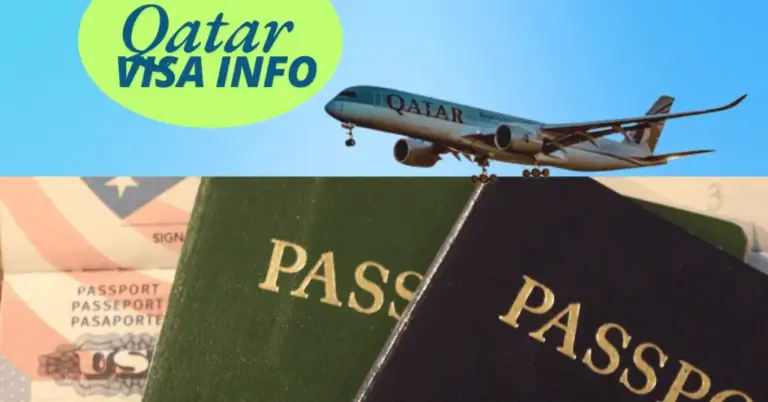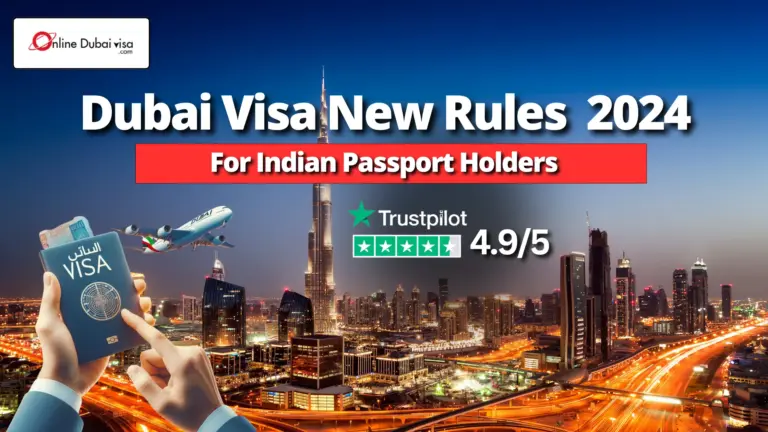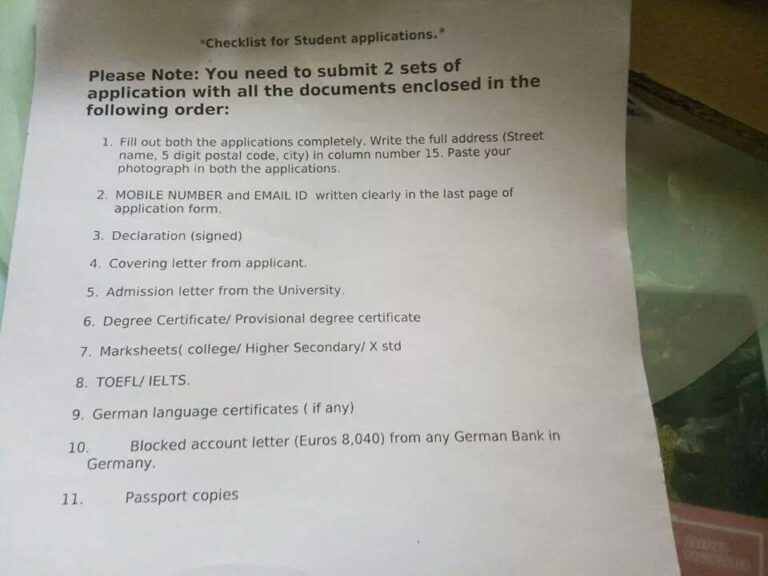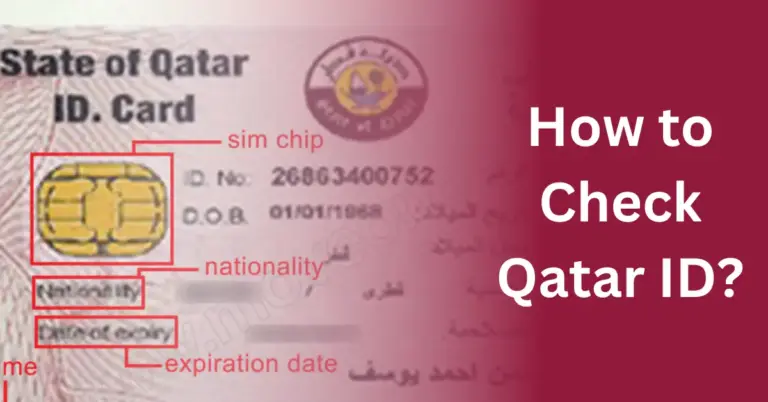Your Stay, Your Schedule: Mastering Tourist Visa Validity Periods
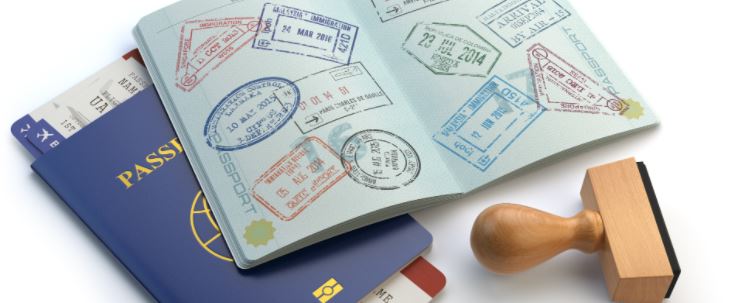
Visa Validity Periods for Tourists
Understanding Visa Validity
Visa validity refers to the period during which a visa holder can use the visa to enter the destination country. It is important to note that visa validity is distinct from the duration of stay permitted upon each entry. The validity period is the timeframe in which you can enter the country, whereas the authorized period of stay is the number of days you can remain in the country after each entry.
A visa must be valid at the time you seek admission to a country, but its expiration date doesn’t determine the length of time you may be authorized by local authorities to remain there (U.S. Department of State). Understanding these distinctions is crucial for planning your trips effectively.
B1/B2 Visa Validity Details
The B1/B2 visa is one of the most commonly issued tourist visas for the United States. Here are some key details regarding its validity and usage:
- Validity Period: The B1/B2 visa remains valid for up to 10 years from the date of issuance (iVisa).
- Maximum Stay per Entry: While the visa itself is valid for 10 years, each entry allows a maximum stay of 180 days or 6 months.
- Passport Validity: The Non-Immigrant Visa (NIV) must be issued in passports that are valid for at least six months beyond the initial period of contemplated stay in the U.S..
- Entry Flexibility: The visa allows for multiple entries, but the total stay in the U.S. may be subject to regulations and depend on the decision of the Port of Entry officer.
| Visa Type | Validity Period | Maximum Stay per Entry | Passport Validity Requirement |
|---|---|---|---|
| B1/B2 Visa | 10 Years | 180 Days | Passport valid at least 6 months beyond intended stay |
For more detailed information on visa types and their requirements, visit our guide on tourist visa requirements.
Understanding the nuances of visa validity can help you make the most of your travel plans. Always check specific requirements for your destination and ensure that your passport and visa are in good standing. For more tips on navigating visa applications, read our article on the tourist visa application process and find out the tourist visa cost.
For travelers using the B1/B2 visa, it’s essential to understand not only the validity of the visa but also how the length of stay is determined upon entry. For more on this topic, explore our section on [Visa Validity vs. Length of Stay].
Specific Country Visa Validity
To navigate the complexities of tourist visa validity periods, it’s essential to understand how they vary by country. Here, we will focus on Japan and a broader look at different countries.
Entry Period for Japan Visa
For travelers heading to Japan, a single-entry visa typically has a validity period of three months. This means you must enter Japan within three months of the visa issuance date (Ministry of Foreign Affairs of Japan). If you need to postpone your trip for longer than three months, you will be required to submit a new visa application.
Visa Validity Across Different Countries
Visa validity periods can vary widely from country to country, often dictated by bilateral agreements and specific visa policies. For example, visas might be valid for a specific number of years, or for multiple entries over a shorter period. Here is a general overview of visa validity periods across selected countries:
| Country | Visa Type | Validity Period |
|---|---|---|
| Japan | Single-Entry | 3 months |
| USA | B1/B2 | 10 years |
| Canada | Visitor Visa | 10 years or until passport expiration |
| Australia | eVisitor | 12 months |
| Schengen Area | Schengen Visa | 90 days within a 180-day period |
| India | Tourist Visa | 6 months to 10 years |
For some countries and travelers, the visa validity period can be affected by reciprocity agreements and extensions. For instance, some countries have agreements with the United States where their passports are recognized as valid for return six months beyond the expiration date mentioned in the passport. This list includes countries such as Canada, Germany, and Italy, among others (source).
In specific cases, visa validity may be limited based on individual circumstances as per regulations and reciprocity. This could involve limiting the validity to less than the maximum allowed or specifying Ports of Entry for usage. For a detailed guide, refer to our section on visa validity vs. length of stay.
Understanding these differences and planning accordingly can help ensure a smooth travel experience. For detailed application procedures, visit our comprehensive guide on how to apply for a tourist visa.
Factors Affecting Visa Validity
When dealing with the tourist visa validity period, several factors can influence how long your visa remains valid and how it might be extended. Understanding these can help ensure a smooth travel experience.
Passport Validity Requirements
One crucial factor affecting the validity of a tourist visa is the validity of your passport. Many countries, including the United States, require that your passport be valid for at least six months beyond the period of your intended stay. This requirement ensures that your travel documents remain valid throughout your visit.
| Country | Passport Validity Requirement |
|---|---|
| United States | 6 months beyond stay |
| United Kingdom | Duration of stay |
| Japan | Duration of stay |
| Australia | 6 months beyond stay |
Additionally, some countries have agreements with the U.S., recognizing their passports as valid for return for six months beyond the expiration date in the passport. This reciprocation applies to several countries, including Albania, Argentina, Australia, Belgium, Canada, France, Germany, India, Italy, Russia, Spain, and more.
Reciprocity and Extensions
Reciprocity also plays a significant role in the validity period of your tourist visa. The maximum validity of any Non-Immigrant Visa (NIV) is typically ten years, but this can be limited based on reciprocity agreements between countries. These agreements can dictate not just the length of visa validity, but also other conditions like the number of entries allowed.
The U.S. may reciprocate by issuing visas of similar validity to those given to U.S. travelers by other countries. Additionally, certain travelers, such as A, G, and NATO categories, may qualify for visa extensions beyond the usual limits.
In some cases, visa validity can be limited under specific circumstances according to 22 CFR 41.112(c). This might involve reducing the validity period to less than what is prescribed by reciprocity, limiting the number of entries, specifying particular ports of entry, or setting a use-by date after issuance.
For more information on extending your stay, visit our guide on the tourist visa extension process. If you need to navigate multiple visas, our article on using multiple passports may be helpful.
Understanding these factors can help you plan your travels better and avoid potential complications related to your tourist visa requirements. Always ensure your travel documents meet the necessary conditions for your destination to make your journey as smooth as possible.
Visa Validity vs. Length of Stay
When dealing with tourist visas, it’s crucial to understand the difference between the visa validity period and the authorized length of stay. These concepts can impact your travel plans significantly.
Duration at Port of Entry
The visa’s duration enables you to travel from your home country to the destination country within the specified period. However, this does not determine how long you can stay in the country. A visa’s validity is indicated by a sticker in your passport that shows both its issue date and expiration date.
Upon arrival, the final decision on how long you can stay is made by the Department of Homeland Security (DHS) at the port of entry. For example, even if a B-1 visa expires a month after entry, you could be admitted for up to one year. Conversely, a visa valid for a year may result in a stay of only one month.
| Visa Type | Visa Validity | Possible Length of Stay |
|---|---|---|
| B-1/B-2 (Business/Tourist) | 1 year | 1 month – 1 year |
| Schengen (Tourist) | 90 days | 90 days within a 180-day period |
| UK Tourist Visa | 6 months | 6 months |
Authorized Period of Stay
The authorized period of stay is the length of time you’re allowed to remain in the country, as determined by the border officer. This period is stamped in your passport and begins upon your arrival. If admitted for a specific period, you can stay even if your visa expires during that time.
If you wish to stay longer, you must apply for an extension within three months of arrival, with a maximum extension duration of six months (Siam Legal). Ensure compliance with these regulations to avoid any tourist visa restrictions.
Understanding the intricacies of visa validity and the authorized period of stay will help you manage your travel plans effectively. For more detailed information on how to apply for tourist visas and the associated processes, visit our tourist visa application process page.
Special Visa Circumstances
Navigating special visa circumstances is essential for understanding your tourist visa validity period. Some visas may have unique validity terms or come with specific limitations that you need to be aware of.
Indefinite Validity Visas
Indefinite validity visas, often referred to as Burroughs Visas, were visas stamped manually into a traveler’s passport. These were valid for ten years, but as of April 1, 2004, all indefinite validity Burroughs visas were voided. If you held one of these visas, you are now required to apply for a new visa to travel to the U.S.
For current long-term visas, the maximum validity of any Non-Immigrant Visa (NIV) is generally ten years but may be limited based on reciprocity agreements or other specific conditions. Extensions may be possible for certain visa categories like A, G, and NATO travelers.
Specific Visa Limitations
Visas can come with specific limitations based on individual cases. According to 22 CFR 41.112(c), there are several ways in which visa validity can be restricted:
- Limiting the validity period to less than what is prescribed by reciprocity
- Restricting the number of entries allowed
- Specifying the Port of Entry (POE) where the visa can be used
- Setting a requirement that the visa must be used by a certain date after issuance
These limitations mean that even if you have a valid visa, your travel plans could be restricted based on these conditions. For example, while a B1/B2 visa may be valid for up to ten years, your actual allowed stay could be decided by a DHS officer when you enter the country.
| Visa Type | Standard Validity | Special Limitations |
|---|---|---|
| B1/B2 Tourist Visa | Up to 10 years | Subject to Reciprocity, Entry Limitations |
| Indefinite Validity (Burroughs) | N/A | Voided April 1, 2004 (U.S. Department of State) |
| A, G, NATO Visas | Varies | Possible Extensions Available (source) |
These specifics underscore the importance of understanding the limitations associated with your visa. For instance, while having a visa with a longer validity period might seem advantageous, the actual authorized period of stay could be much shorter, depending on the discretion of immigration officials or other regulations. Refer to our detailed guidance on tourist visa restrictions and authorized period of stay for more comprehensive information.
In summary, understanding the nuances of indefinite validity visas and specific limitations helps you make informed travel decisions and ensures compliance with visa regulations.
Visa Application and Issuance
Understanding the visa application process and knowing how to indicate the visa validity period are critical steps when planning your travels. Here’s a detailed guide on these aspects to help you navigate the process seamlessly.
Application Process Details
When applying for a tourist visa, it’s essential to follow the correct procedures to avoid any delays or rejections.
- Determine the Visa Type: Research the type of tourist visa you need. For example, the B1/B2 visa is commonly used for travel to the United States.
- Complete the Application Form: Fill out the tourist visa application form accurately. Any errors can result in delays or rejection.
- Pay the Visa Fee: This fee varies depending on the country and the type of visa. For specific costs, refer to our tourist visa cost guide.
- Gather Supporting Documents: Compile all necessary documents, such as your passport, photographs, and financial proof. Our tourist visa checklist provides a comprehensive list of required documents.
- Schedule and Attend an Interview: Some countries require an in-person interview at the embassy or consulate. Check our tourist visa interview tips to prepare effectively.
- Biometrics and Fingerprinting: You may need to complete tourist visa biometrics and fingerprinting as part of the application process.
Indicating Visa Validity
When applying for a tourist visa, the validity period of the visa is a crucial factor to consider. This is the duration for which the visa remains valid, allowing you to enter the destination country.
- Specify Desired Validity Period: Indicate the length of validity you are seeking on the application form. Some visas, like the B1/B2 visa for the US, remain valid for up to 10 years.
- Understand Entry and Stay Durations: Different visas have varying entry and stay specifics. For example, a single-entry Japan visa allows entry within three months of issuance (Ministry of Foreign Affairs of Japan). Check our guide on visa on arrival countries for US citizens for more information.
- Consult Reciprocity Tables: Visa validity may be influenced by reciprocity agreements between countries. Reference detailed conditions based on individual situations or refer to official guidelines.
Sample Validity Periods
| Visa Type | Validity Period | Maximum Stay per Entry |
|---|---|---|
| B1/B2 Visa (US) | 10 years | 180 days |
| Japan Single-Entry Visa | 3 months | Varies |
| Schengen Tourist Visa | 6 months | 90 days |
Knowing how to appropriately apply for and indicate the desired visa validity period ensures that you maximize your travel opportunities without violating visa conditions. For more specific guidance tailored to your destination, visit our resources on how to apply for a tourist visa and the tourist visa application process.
Handling Visa Expirations
Understanding how to manage your tourist visa validity period effectively helps ensure stress-free international travel. Below are strategies for handling visa expirations, including using multiple passports and maintaining validity during stay extensions.
Using Multiple Passports
If you possess multiple passports, you can navigate visa expirations more efficiently. According to the U.S. Department of State, you are allowed to travel to the United States with two passports, provided your visa is valid, not damaged, and appropriate for your principal purpose of travel. Both passports should be from the same country and the same type.
Upon arrival at a U.S. port-of-entry, the Customs and Border Protection Immigration Officer will verify your visa in the old passport and stamp your new passport with an admission stamp and the annotation “VIOPP” (visa in other passport). This ensures your continued legal entry into the country without the hassle of renewing your visa immediately. For related procedures, you might want to check out our guide on documents for visa interview.
Validity During Stay Extension
The validity of a visa often differs from the authorized period of stay. As explained by the U.S. Department of State, a visa must be valid at the time of entry but does not necessarily determine the duration you are permitted to stay in the U.S. The Department of Homeland Security sets the authorized period of stay, which may extend beyond your visa’s expiration date. This means that even if your visa expires while you are in the United States, you can legally stay until the end of your authorized period. For more information, you can visit our article on tourist visa extension process.
| Visa Type | Visa Validity | Authorized Stay Duration |
|---|---|---|
| B-1 Visa | 1 Year | Up to 6 months |
| B-2 Visa | 1 Year | Up to 6 months |
| Multiple-entry Tourist Visa | 10 Years | Varies per visit |
For tourists, keeping track of validity periods and authorized stays is crucial in avoiding inadvertent visa violations, which can have serious consequences such as denial of entry for future visits (Quora). Always ensure that your passport is valid long after the end of your stay, to avoid complications during entry and exit. For additional guidance, check out our article on compliance and regulations related to tourist visas.
Compliance and Regulations
Visa Violation Consequences
Understanding the consequences of visa violations is crucial for any traveler. Overstaying your visa or repeatedly making extended visits can lead to serious repercussions. For example, if you have a B1/B2 visa for the US, exceeding the allowed stay of 180 days per entry could lead to scrutiny by border officers upon subsequent visits. These officers might doubt your intentions and could refuse entry or permit only short visits.
Additionally, having your visa expire while you are still in the country is another common concern. However, as long as you were admitted by the Department of Homeland Security for a specific period, you are allowed to remain in the country during your authorized period of stay (U.S. Department of State). Keep in mind that your visa validity period only determines the time you have to use the visa for entering the country, not the duration of your stay. More details can be found in our article on tourist visa restrictions.
Registration and Gap Requirements
When traveling under a tourist visa, you may also be subject to registration and gap requirements depending on the country you are visiting. For instance, individuals staying continuously in India for more than 180 days on a Tourist Visa are required to register with the Foreigners Regional Registration Office (FRRO) (Embassy of India Vienna, Austria).
Failing to adhere to these requirements can lead to penalties, fines, or even deportation. It is essential to understand these regulations and comply to avoid any legal issues. You can find more information on this topic in our detailed guide on tourist visa requirements.
| Issue | Consequence |
|---|---|
| Overstaying Visa | Potential refusal of entry, fines, deportation |
| Failing to Register (where required) | Legal penalties, fines, deportation |
Compliance with visa regulations ensures a smooth and enjoyable travel experience. Always familiarize yourself with the specific requirements of the country you are visiting to prevent complications.
For further reading, explore our articles on tourist visa extension process and validity during stay extension.
By understanding these key compliance aspects, you can master the regulations surrounding your tourist visa validity period and avoid potential pitfalls.


